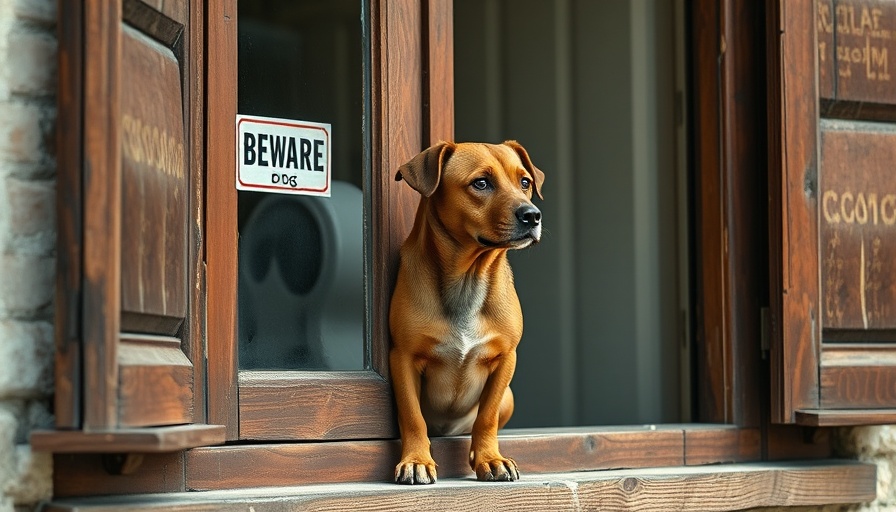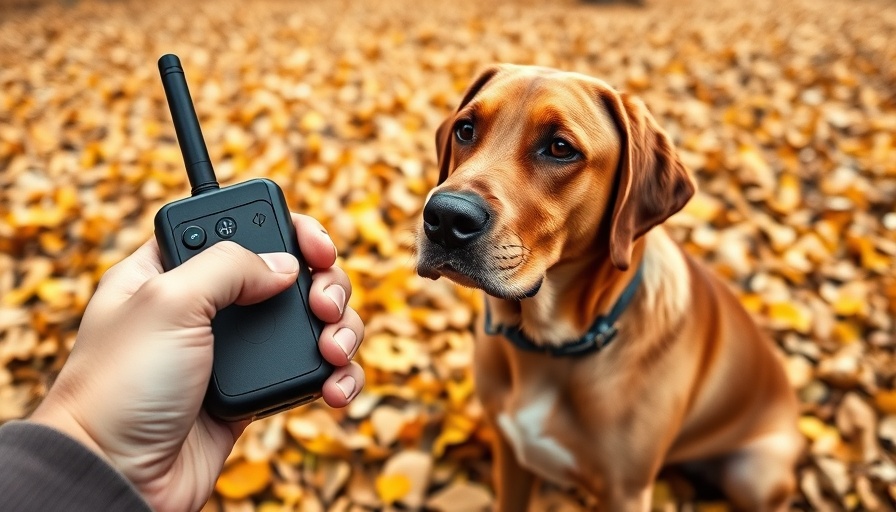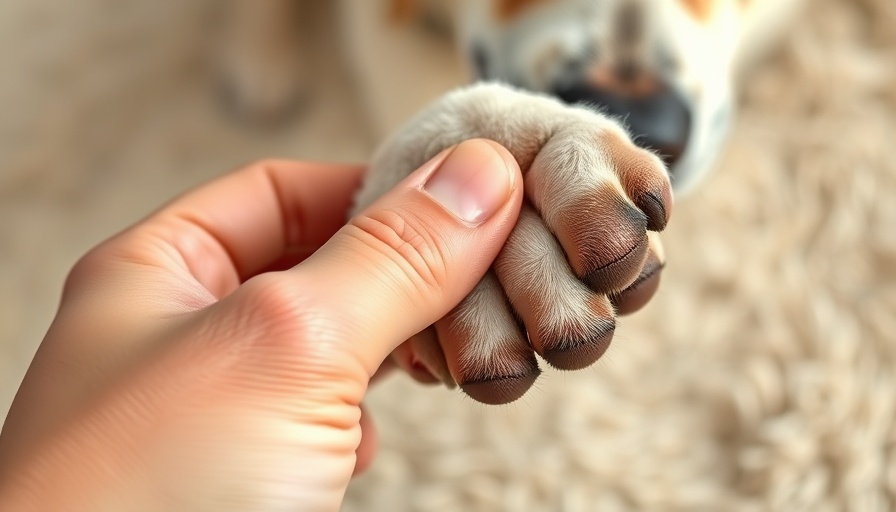
Understanding Your Dog's Anxiety During Holidays
The holiday season can introduce a whirlwind of unfamiliar sounds, people, and activities in your home, which can be overwhelming for dogs prone to anxiety. Understanding the specific behaviors and triggers that cause your dog stress is essential for creating a peaceful environment when guests arrive. Your dog may react defensively to unfamiliar faces, suffer from anxiety due to lack of socialization, or have negative associations with visitors from previous encounters. Observing your dog's body language—such as excessive barking, hiding, or pacing—can provide insights into their comfort level and help you tailor your approach accordingly.
Preparing Your Home: The Art of Gradual Change
Preparation is key to creating a calm atmosphere for your dog and your guests. One way to minimize stress is by rearranging furniture or introducing decorations well in advance. Changes in their environment can disorient dogs, so allow them time to adjust. Familiarize your dog with new holiday items, such as decorations and scents, gradually. This gentle introduction can help your dog feel in control rather than overwhelmed during the holiday bustle.
Creating a Safe Haven: Why a Quiet Space Matters
One of the most effective strategies is to establish a safe space for your dog. This retreat should be a familiar place, such as their crate or a quiet room, where they can escape when they feel overwhelmed. Equip this space with soft bedding and toys, and encourage your dog to use it often before guests arrive. Leave them treats or engage them in play while they are there, reinforcing the idea that their safe space is a positive place. It’s a crucial step in helping them manage stress during chaotic gatherings.
Basic Commands: Set the Stage for Calmness
Strengthening your dog's basic obedience skills can significantly help during the holidays. Commands like “sit,” “stay,” and “place” provide structure and help your dog remain calm when guests are around. Practicing these commands in the days leading up to the event can boost your dog's confidence and ability to manage their excitement. Using rewards for good behavior also fosters positive associations with visitors, making your dog more comfortable.
Engaging Activities: Tire Out Your Pup Before Guests Arrive
A well-exercised dog is often a calmer dog. Prior to guests arriving, take your dog on longer-than-usual walks or engage them in mentally stimulating activities. Consider using interactive toys that dispense treats to keep them occupied during the gathering. A tired dog is much less likely to become overwhelmed by the excitement of visitors.
Monitoring Interactions: Ensuring Comfort for All
When guests arrive, supervision is crucial. Allow your dog to approach visitors at their own pace to avoid any forced interactions that might lead to anxiety or fear. Train your guests to ignore your dog until they have calmed down, which helps prevent overexcitement and reinforces calm behavior. If children are present, teach them to respect your dog’s boundaries while encouraging positive interactions through basic commands like “sit.”
What If Challenges Arise? Strategies to Handle Stress
Despite meticulous preparations, challenges may still occur. For excessive barking, redirecting their attention with a toy or taking them to their safe space can be effective. If your dog resorts to jumping on guests, employing the “sit” command can curb that behavior. Recognizing when your dog is anxious and allowing them breaks in their safe space without forcing interaction is essential for maintaining their comfort level. Being proactive in managing their needs ensures both guests and your dog can enjoy holiday gatherings.
Consistency: Maintaining Training Beyond the Holidays
Training should not stop once the holidays conclude. Reinforcing the commands and strategies you’ve practiced will create lasting behavior change. Consistent training practices lead to improved interactions in future gatherings and help your dog develop social stability. Consider ongoing training sessions or even enrolling them in a doggy daycare for more exposure.
Seeking Professional Help
Some dogs may require professional training expertise, especially if they exhibit significant anxiety or behavioral issues. Connecting with a local dog trainer can offer customized strategies tailored to your dog's specific challenges, ensuring a smoother transition into homes filled with holiday cheer. Expert intervention can provide not only immediate results but also long-term solutions to enhance your dog’s behavior among guests.
As the holiday season approaches, understanding and preparation can create a harmonious environment for both your beloved pup and your guests. By encouraging calm interactions, providing a safe space, and being proactive in training, you'll set the stage for joyful gatherings that everyone can enjoy.
 Add Row
Add Row  Add
Add 




Write A Comment